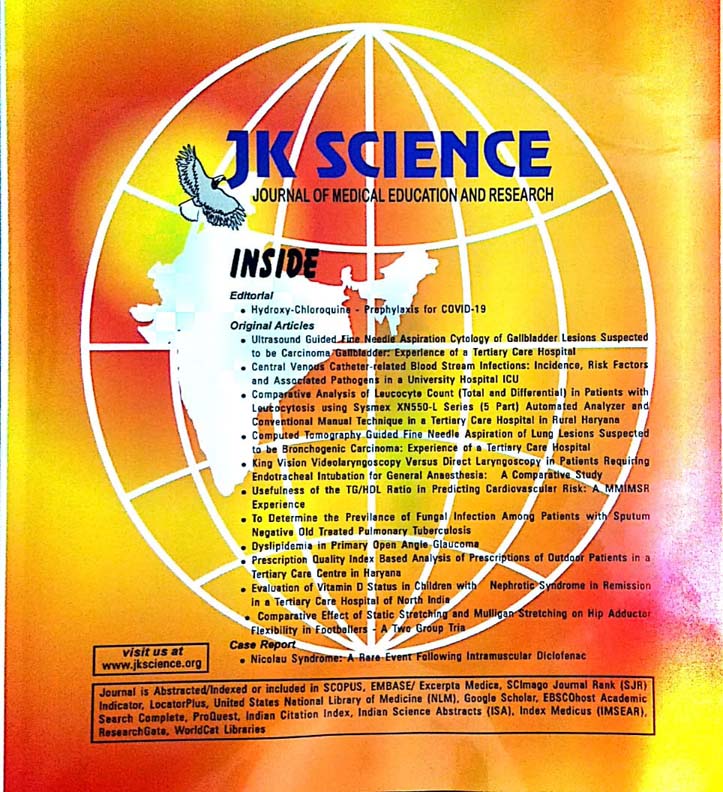Role of Microbial Agents in Reproductive Health
Keywords:
Bacterial agents, Infertility, Antimicrobial susceptibility, Antimicrobial therapyAbstract
Background: According to a systematic analysis of national health surveys, in 2010, approximately 10.5% of couples around the world experienced secondary infertility, and roughly 2% experienced primary infertility. The prevalence of secondary infertility, in particular, varies widely by region and country, ranging from 6% to 16% of couples.
Purpose: To evaluate the presence of genito-urinary infections in infertile couples who sought counselling to investigate their condition.
Material and Methods: Microbiological analysis was performed on semen and vaginal/cervical samples of both partners of each couple. The samples were cultured to find out the possible bacterial agent which might be the causative agent of reproductive health.
Results: Among the collected samples 27% males and 30% females of the couples showed positive microbial isolates identified by Gram stain, darkground microscopy and by doing culture by conventional method. Among males 53 (27.6) samples are positive. Escherichia coli (54.7%) is the most frequent microbial followed by Streptococcus agalactiae (2.4%), Enterococcus fecalis (9.4%) and Proteus spp (7.5%). Among females 58 (30.2%) samples are positive. Escherichia coli (56.8%) is the most frequent microbial followed by Enterococcus fecalis (20.6%), Staphylococcus haemolyticus (17.2%) and Streptococcus agalactiae (12.1%). Multibacterial infections were more common in women than men (25.9% vs 20.7 %). The majority of patients were negative and the percentage of positive subjects was higher in women (30.2%) than men (27.6%) though it was not statistically significant (p value=0.65).
Conclusion: It is concluded that the role of urogenital infections should be taken into account while evaluating the cases of infertility and appropriate antibiotic treatment should be given before investigating other possible cause of infertility as encouraging results are achieved in our study.
Downloads
Downloads
Published
How to Cite
Issue
Section
License
Copyright (c) 2021 JK Science: Journal of Medical Education & Research

This work is licensed under a Creative Commons Attribution-NonCommercial-ShareAlike 4.0 International License.





